How To Connect Speakers?
Connecting speakers to your audio system can seem like a daunting task, especially if you're not familiar with the various types of connections and equipment involved. However, with a little guidance, you can easily set up your speakers to enjoy high-quality sound. In this article, we will cover the different methods of connecting speakers, the types of cables and connectors you might encounter, and some troubleshooting tips to ensure everything works smoothly.
Understanding Your Equipment
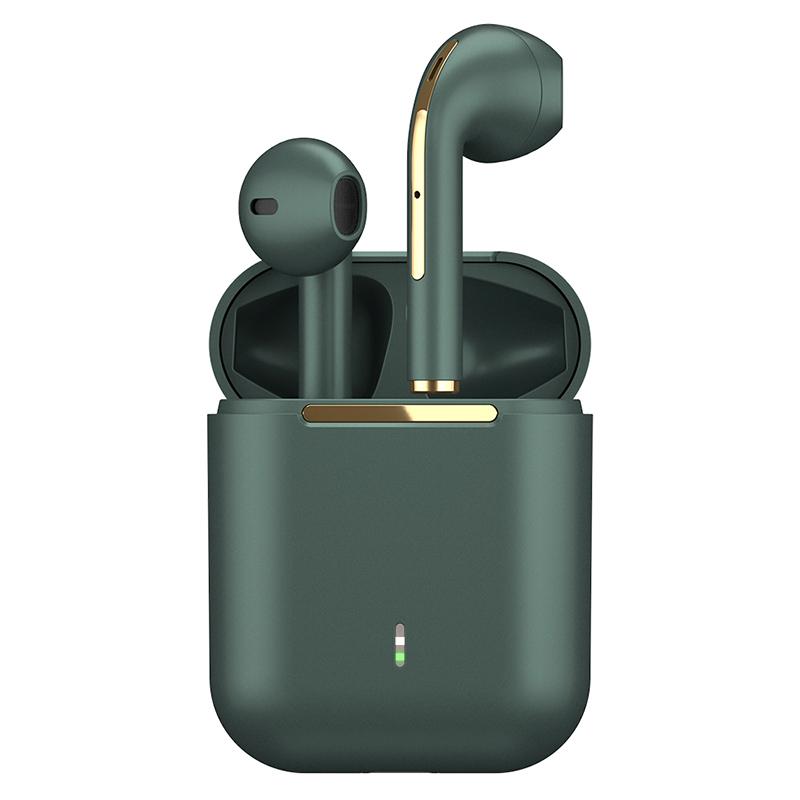
Before diving into the connection process, it's essential to understand the components involved:
1. Speakers: These can be passive (requiring an external amplifier) or active (with a built-in amplifier).
2. Amplifier/Receiver: This device powers passive speakers and processes audio signals.
3. Audio Source: This could be a CD player, turntable, computer, or streaming device.
4. Cables and Connectors: These include speaker wire, RCA cables, optical cables, HDMI, and more.
Types of Connections
1. Speaker Wire Connections
This is the most common method for connecting passive speakers to an amplifier or receiver. Here's how to do it:
- Identify the Terminals: Both the amplifier and the speakers will have terminals marked positive (+) and negative (-).
- Strip the Wire: Use a wire stripper to remove about half an inch of insulation from the ends of the speaker wire.
- Connect the Wire: Insert the stripped wire into the corresponding terminals on both the amplifier and the speakers. Ensure the positive terminal on the amplifier connects to the positive terminal on the speaker, and the same for the negative terminals.
- Secure the Connection: Tighten the terminals to secure the wire in place.
2. RCA Connections
RCA cables are commonly used for connecting audio sources to amplifiers or receivers. They are color-coded (red for right audio, white for left audio):
- Plug the Cables: Connect the RCA cables from the audio output of your source device to the audio input of your amplifier or receiver.
- Match the Colors: Ensure the red cable goes into the red port and the white cable into the white port.
3. Optical and HDMI Connections
For digital audio connections, optical (TOSLINK) and HDMI cables are often used:
- Optical Cable: Connect the optical cable from the optical output of your source device to the optical input of your amplifier or receiver. This method is commonly used for connecting TVs to sound systems.
- HDMI Cable: HDMI cables can carry both audio and video signals. Connect the HDMI cable from the HDMI output of your source device to the HDMI input of your amplifier or receiver. Some systems support ARC (Audio Return Channel), which allows audio to be sent back from the TV to the receiver.
4. Bluetooth and Wi-Fi Connections
Modern speakers and audio systems often support wireless connections:
- Bluetooth: Pair your Bluetooth-enabled source device with your Bluetooth speakers or receiver. Follow the pairing instructions provided by the manufacturer.
- Wi-Fi: Some systems use Wi-Fi for higher-quality audio streaming. Connect your speakers and source device to the same Wi-Fi network and use the corresponding app to manage the connection.
Troubleshooting Common Issues
Even with the best setup, you might encounter some issues. Here are some common problems and their solutions:
1. No Sound
- Check Connections: Ensure all cables are securely connected and in the correct ports.
- Volume Levels: Make sure the volume on both the source device and the amplifier/receiver is turned up.
- Input Selection: Verify that the correct input source is selected on your amplifier or receiver.
2. Distorted Sound
- Cable Quality: Poor-quality cables can cause distortion. Consider upgrading to higher-quality cables.
- Interference: Keep cables away from power cords and other electronic devices that might cause interference.
- Speaker Placement: Ensure your speakers are placed correctly and not obstructed.
3. Bluetooth/Wi-Fi Issues
- Range: Ensure your devices are within the effective range for Bluetooth or Wi-Fi connections.
- Interference: Other wireless devices can cause interference. Try changing the channel on your Wi-Fi router or moving devices away from potential sources of interference.
- Firmware Updates: Check for firmware updates for your devices, as these can resolve connectivity issues.
Advanced Tips for Optimal Sound Quality
1. Speaker Placement
Proper speaker placement can significantly impact sound quality:
- Stereo Speakers: Place them at ear level and form an equilateral triangle with your listening position.
- Surround Sound: Follow the manufacturer's guidelines for placing surround sound speakers to create an immersive experience.
2. Room Acoustics
The acoustics of your room can affect sound quality:
- Furniture and Decor: Soft furnishings like curtains and carpets can help absorb sound and reduce echo.
- Acoustic Panels: Consider installing acoustic panels to manage sound reflections and improve clarity.
3. Calibration
Many modern receivers come with calibration tools:
- Auto Calibration: Use the auto-calibration feature to optimize speaker settings based on your room's acoustics.
- Manual Calibration: If you prefer, manually adjust settings like speaker distance, levels, and crossover frequencies for a customized experience.
Connecting speakers to your audio system doesn't have to be complicated. By understanding the types of connections and following the steps outlined in this article, you can set up your speakers for optimal performance. Whether you're using traditional speaker wire, RCA cables, digital connections, or wireless methods, the key is to ensure secure connections and proper configuration. With the right setup, you can enjoy high-quality sound that enhances your listening experience. If you encounter any issues, refer to the troubleshooting tips to resolve them quickly. Happy listening!




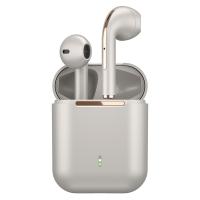
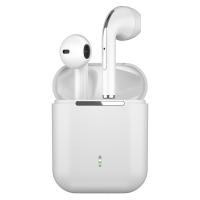
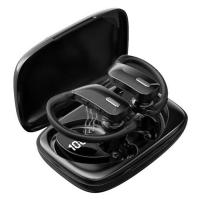
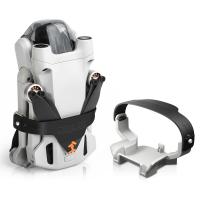
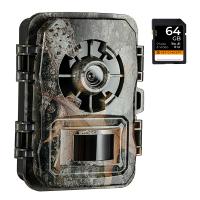

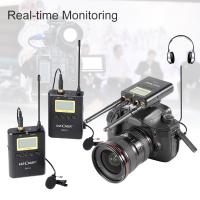







There are no comments for this blog.